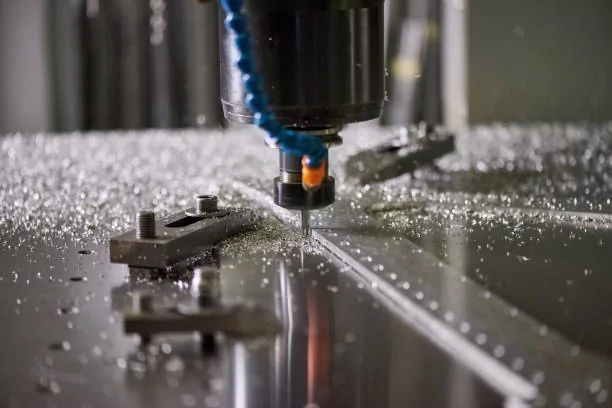Exploring the Evolution of CNC Machining in the Manufacturing Industry
Body
For decades, the manufacturing industry has been revolutionized by the advent of CNC machining. This technology has significantly transformed the way products are designed, prototyped, and manufactured. Let's delve into the evolution of CNC machining and its impact on the manufacturing industry.

The Rise of CNC Machining
Before the introduction of CNC (Computer Numerical Control) machining, traditional machining processes relied heavily on manual operation. This meant that skilled machinists had to meticulously control the movement of tools and materials, leading to longer production times and increased human error. However, with the emergence of CNC machining, manufacturers were able to automate these processes, leading to higher precision, efficiency, and repeatability.
Advancements in CNC Technology
Over the years, CNC machining has undergone significant advancements, making it an indispensable part of modern manufacturing. The integration of CAD (Computer-Aided Design) and CAM (Computer-Aided Manufacturing) software has allowed for seamless design-to-production workflows, reducing lead times and enabling complex geometries to be machined with ease. Additionally, the development of multi-axis CNC machines has further expanded the capabilities of CNC machining, allowing for the production of intricate and highly precise components.
The Impact on Manufacturing
The evolution of CNC machining has had a profound impact on the manufacturing industry. With the ability to produce complex parts with high accuracy and consistency, manufacturers have been able to push the boundaries of what is possible in terms of product design. This has led to the development of innovative products across various industries, from aerospace and automotive to medical and consumer electronics.
The Future of CNC Machining
As we look to the future, the evolution of CNC machining shows no signs of slowing down. With the integration of IoT (Internet of Things) and AI (Artificial Intelligence), CNC machines are becoming smarter and more connected, allowing for real-time monitoring and optimization of the manufacturing process. Additive manufacturing, often referred to as 3D printing, is also converging with CNC machining, opening up new possibilities for hybrid manufacturing processes that combine the benefits of both technologies.
In conclusion, the evolution of CNC machining has been a game-changer for the manufacturing industry. From its humble beginnings to the advanced technology we see today, CNC machining has paved the way for innovation and efficiency. As we continue to explore the evolution of CNC machining in the manufacturing industry, it's clear that this technology will continue to shape the future of manufacturing in profound ways.










Comments